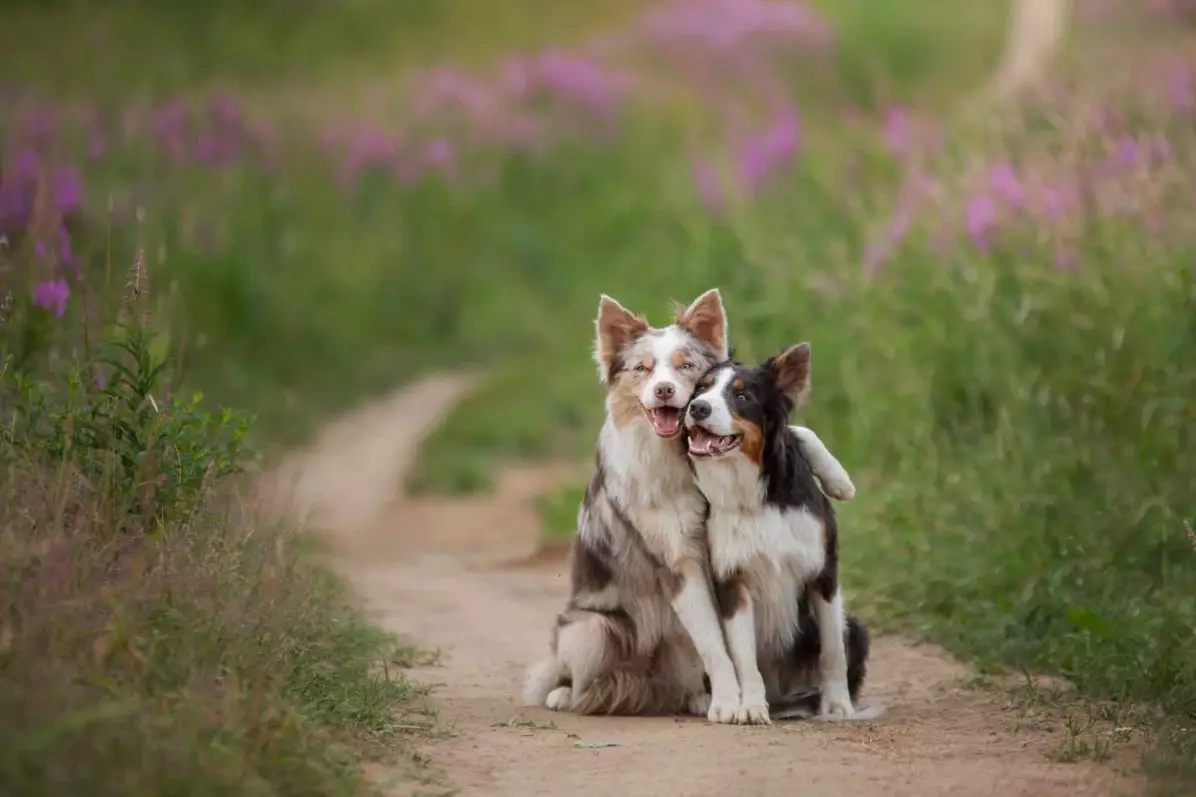As devoted caregivers, ensuring that our canine companions lead happy and fulfilling lives is one of our top priorities. Dogs have an extraordinary ability to express their emotional states, showing us when they feel delighted, secure, and content. Recognizing the signs of a joyful dog not only strengthens our bonds with them but also provides reassurance that we are meeting their emotional and physical needs. In this article, we will explore various indicators of a happy dog, interpreting their behavior to better understand their well-being.
One of the most recognizable signs of a happy dog is their tail wagging. A joyful tail can convey a host of emotions, from excitement to pure contentment. The speed and style of the wag reveal vital clues: a gentle sway might indicate a calm affection, while vigorous thumping suggests exuberance and high spirits. A consistently wagging tail, especially in your presence, signals that your dog feels comfortable and cherished in their environment. This non-verbal communication allows pet owners to gauge their dog’s mood effectively and respond accordingly.
A dog’s eyes are often described as windows to their soul, and observing their expression can provide significant insight into their emotional state. Bright, expressive eyes, paired with a relaxed facial expression, indicate that your canine friend is in a good place emotionally. The absence of tension, coupled with a soft gaze, communicates trust and comfort. If your dog looks up at you with gleaming eyes, it’s a testament to the strong and loving relationship you share.
Dogs that approach their food with enthusiasm often reflect a state of happiness and well-being. An eager pup, happily wagging its tail and devouring their meal, is typically a sign that they are feeling secure and cared for. Conversely, a lack of interest in food can signal stress or health issues, indicating the need for closer observation and possibly a trip to the vet. As such, mealtimes serve as a barometer for a dog’s overall emotional and physical health.
Every dog owner has witnessed those moments when their pets burst into a frenzied race around the room or yard—often referred to as “zoomies.” These joyous outbursts signify that your dog is comfortable, confident, and ready to have fun. During these playful episodes, dogs release pent-up energy, showcasing their lively spirits. When a dog engages in such exuberant behavior, it illustrates their overall happiness and the freedom they feel within their environment.
Affectionate behaviors, like snuggling, leaning, or nuzzling, reveal the emotional bond between you and your dog. When a dog actively seeks closeness, it signifies trust and reassurance regarding their safety. This desire for physical contact demonstrates their emotional security in your care. If your pup approaches you for cuddles or rests against you, it is a positive indication that they consider you a source of comfort and love.
Do you experience an overwhelming burst of joy as your dog greets you at the door? The enthusiastic jumps, wagging tail, and happy barks create a warm atmosphere that suggests a deep emotional connection. This eagerness to see you emphasizes your dog’s affection and confidence in your relationship. Such greetings, regardless of the length of separation, are powerful indicators of a dog’s satisfaction with their life and the security they feel in their domestic realm.
You may notice that a happy dog often sleeps soundly and peacefully, clearly relaxed in their surroundings. Dogs that can drift off into a deep sleep, especially in comfortable positions, indicate a high level of trust and security. In contrast, restless sleeping may signal underlying anxieties. Thus, a well-rested dog often reflects a happy pup enjoying a life free of stress.
A happy dog is an adventurous one. If your dog eagerly perks up at the sight of a leash or runs excitedly to the car, it conveys their anticipation for new experiences alongside you. This willingness to explore indicates that they enjoy not just their time at home but also the adventures you share. Whether it’s a simple walk or a day hiking, their enthusiasm suggests a fulfilling and enriching life.
While dogs are social creatures, a happy and well-adjusted dog is one that can comfortably spend time alone. Signs of relaxation, such as lying down with a toy or napping without distress, indicate a sense of trust in their environment. A dog that does not experience anxiety when left alone is more likely to be emotionally secure, reinforcing the idea that they are thriving under your care.
Lastly, a dog’s physical health often mirrors their emotional state. A shiny coat, bright eyes, and a healthy weight can all indicate a thriving pup. Dogs that receive adequate physical activity, nutrition, and care are less likely to experience stress-related issues. Thus, monitoring your dog’s physical appearance can provide insights into their overall happiness and well-being.
Dogs express their joy and contentment through various behaviors and signs. By being attentive to these indicators, pet owners can cultivate a loving environment that nurtures their dogs’ happiness. The interplay between love and care ultimately leads to a satisfying life for your furry friend, filled with joyful moments and cherished companionship. When dogs thrive, they return that love unconditionally, enriching our lives in countless ways.

